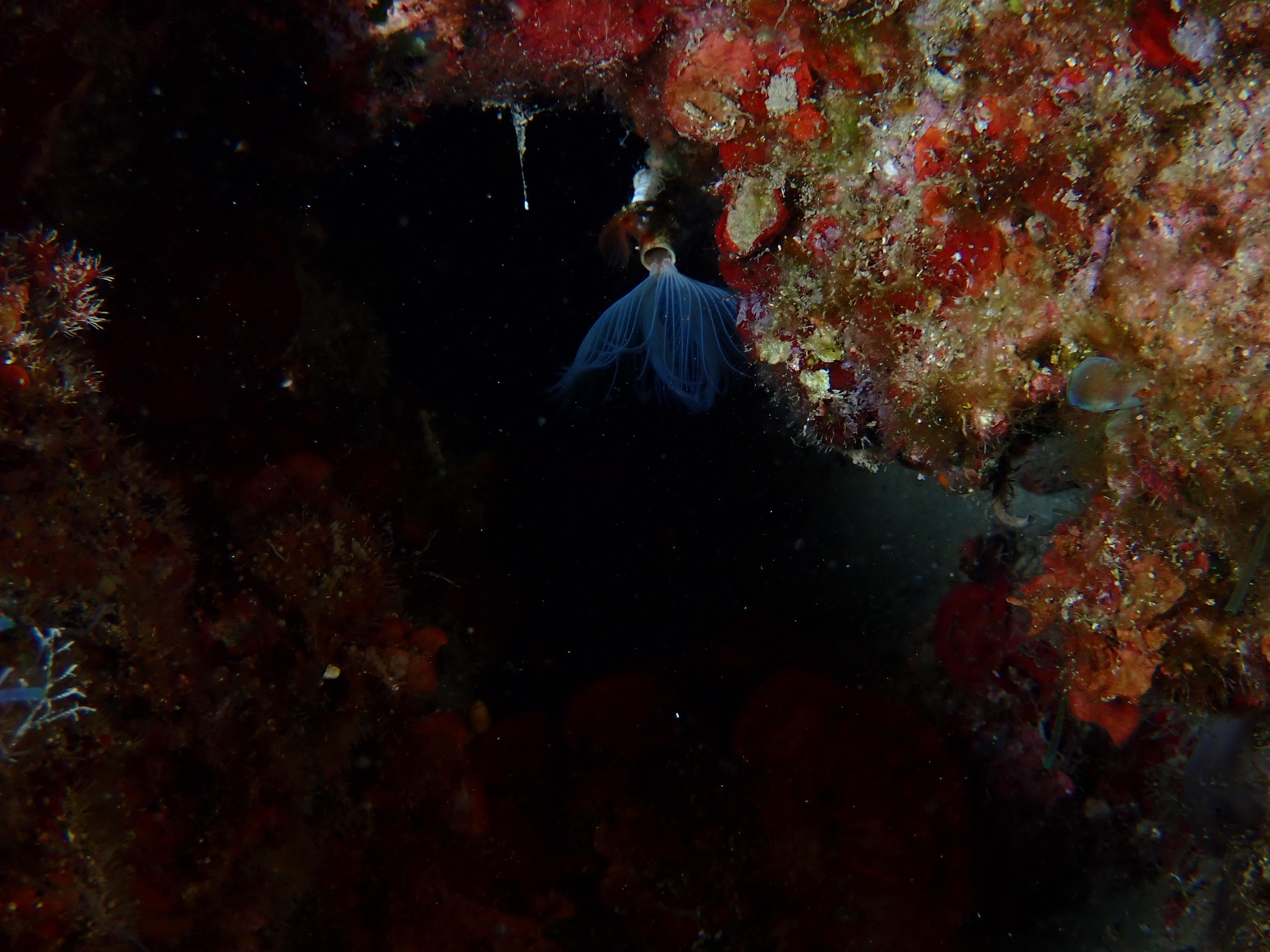> [!summary]- Classification
**Kingdom**:: [Animalia](Animalia.md)
**Phylum**:: [Annelida](Annelida.md)
**Subphylum**::
**Superclass**::
**Class**:: Polychaeta
**Subclass**:: Sedentaria
**Superorder**::
**Order**:: Sabellida
**Suborder**::
**Superfamily**::
**Family**:: Sabellidae
**Subfamily**::
**Genus**:: Sabella
**Species**:: S. pavonina
**Vernacular**:: Peacock worm
## Photos

[128 - 2023-05-17 - Pirate des Caraïbes - Epidaurus - Greece](128%20-%202023-05-17%20-%20Pirate%20des%20Caraïbes%20-%20Epidaurus%20-%20Greece.md) - I like the mood of this picture, but what's important here is to see those two appendage, ending with the fan. That's a key identification feature of the sabella.
## Notes
Just like the any sabella, it have a flexible tube composed of mucus that stick some sediment to protect it. The sabella with two appendages are called "bifid" worms.
## References
- https://doris.ffessm.fr/Especes/Sabella-pavonina-Sabelle-605/(rOffset)/17